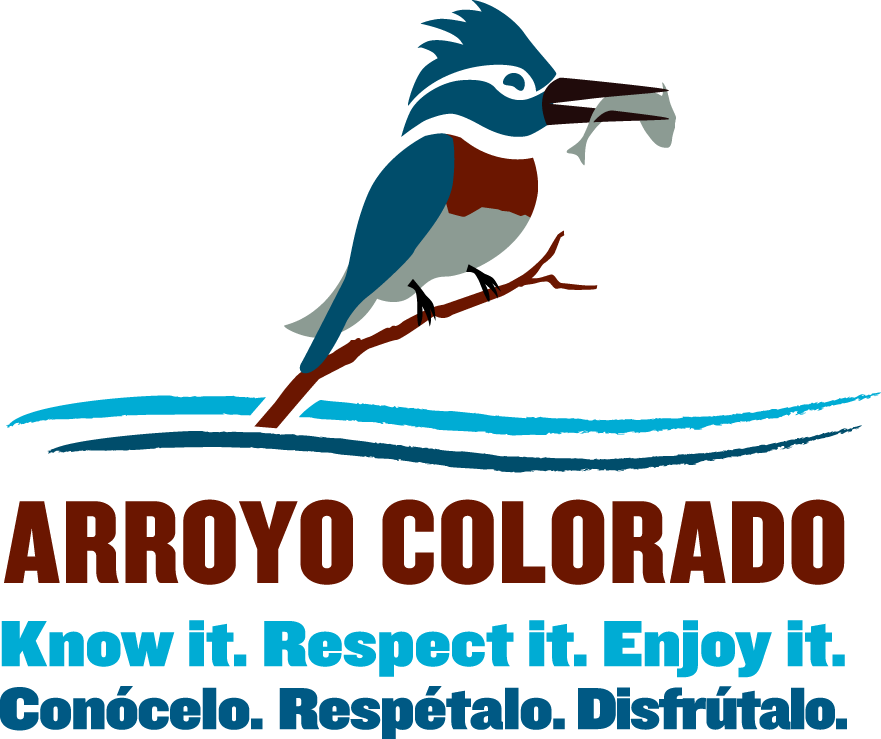Cost-share Education
Background
In the Arroyo Colorado, where agriculture is a predominant land use, successful implementation of the WPP relies heavily on reaching the milestones set forth by the Agricultural Issues Workgroup, specifically, voluntary adoption of BMPs to reduce suspended sediment levels resulting from cropland erosion, BOD (oxygen demanding organic material) from runoff of crop residue, and nitrogen and phosphorus fertilizer runoff from irrigated cropland fields. To accomplish this goal, TSSWCB has funded numerous projects providing technical and financial assistance through the SWCDs, most recently TSSWCB project 09-09 entitledImplementing the Arroyo Colorado WPP by Providing Technical and Financial Assistance to Reduce Agricultural NPS Pollution. Outreach and education for agricultural producers is a critical component to achieve voluntary implementation of BMPs. To this end, TSSWCB has also funded projects providing for outreach and education to farmers, most recently TSSWCB project 05-10 entitledEducation of BMPs in the Arroyo Colorado Watershed.
Through these TSSWCB-funded projects and other funding sources, educational events have reached more than 3,500 producers, and a total of 409 WQMPs have been developed on 39,016.5 acres. Including work done by NRCS through federal Farm Bill funding, a total of more than 680 farm plans have been developed in the Arroyo Colorado watershed covering more than 66,000 acres. More work still needs to be done to accomplish the goals in the WPP. The short-term goal set in the WPP is to develop WQMPs on 33 percent of the irrigated acreage (~100,000 acres) by 2010 and 50 percent of the irrigated acreage (~150,000 acres) by 2015. Given that goals are still not met, it is imperative that efforts to reach producers and encourage adoption of WQMPs and BMPs be increased.
Project Description
The focus of this project is to continue education programs from TSSWCB project 05-10 and enhance the coordination of outreach and education with current technical and financial assistance programs (TSSWCB project 09-09). The goal is to increase the adoption rate of BMPs and WQMPs by producers. Ultimately; this project will reach producers that have not yet participated in technical and financial assistance programs in the Arroyo Colorado watershed.
TWRI and AgriLife Extension will work to further expand and implement an educational program within the Arroyo Colorado watershed that focuses on the promotion of technical and financial assistance programs and encouraging agricultural producers to adopt BMPs that protect water quality. To accomplish this, NRCS, HRO and local SWCDs (through TSSWCB project 09-09) will provide up-to-date information about cost-share program availability, requirements and eligibility to AgriLife Extension. AgriLife Extension will work with NRCS, HRO, and SWCDs to promote BMPs and demonstrate their efficacy to producers through field days. AgriLife Extension in collaboration with NRCS, SWCDs and HRO will develop additional materials to educate producers on technical and financial assistance programs, WQMPs and BMPs that impact water quality. Surveys of program participants (pre- and post-participation) will be conducted to evaluate and document changes in; knowledge of technical and financial assistance available, knowledge about BMPs and their efficacy, as well as adoption of BMPs, Additionally, AgriLife Extension will encourage participation in a soil testing campaign for agricultural producers to determine nutrient application needs, and subsequently, will provide follow-up educational assistance to interpret soil test results and plan proper nutrient use. The AgriLife Extension, in coordination with CEAs, NRCS, HRO, and SWCDs, will work with Irrigation Districts to educate their customers on the water quantity conservation benefits of implementing WQMPs and participation in financial assistance programs. Similarly, AgriLife Extension will work with commodity organizations, such as Texas Citrus Mutual, Rio Grande Valley Sugar Growers, Texas Vegetable Association, and Texas Farm Bureau, to educate their members on the opportunity to enhance the value of their operation and achieve water quality goals for the watershed at the same time by participating in technical and financial assistance programs. Through an education effort led by AgriLife Extension targeting cost-share programs and BMP adoption, it is the goal of this project to increase the number of producers reached, increase the number of WQMPs adopted and increase the implementation of BMPs.
AgriLife Extension already has developed some resources and has an effective delivery system to educate producers on proper management and production techniques. Efforts within this project will enhance AgriLife Extension's education efforts and promote and increase focus of the programs associated with Arroyo Colorado water quality protection. By incorporating a focused effort into AgriLife Extension's education program, AgriLife Extension envisions that cost-share programs can significantly expand their efficiency, more producers will participate by adopting WQMPs and installing BMPs that protect water quality and the goals within the Arroyo Colorado WPP will be more nearly met.
Funding Source
Funding provided by the Texas State Soil and Water Conservation Board and EPA as part of a Clean Water Act 319(h) Grant.
